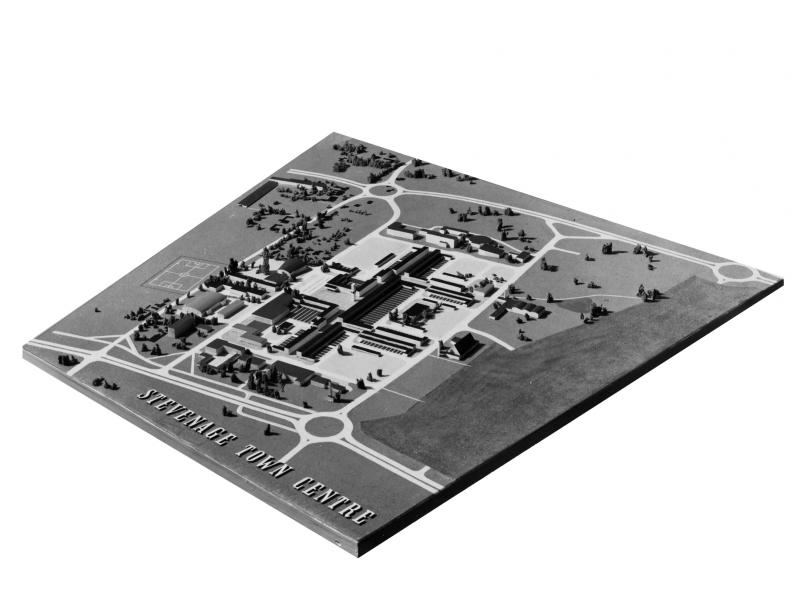
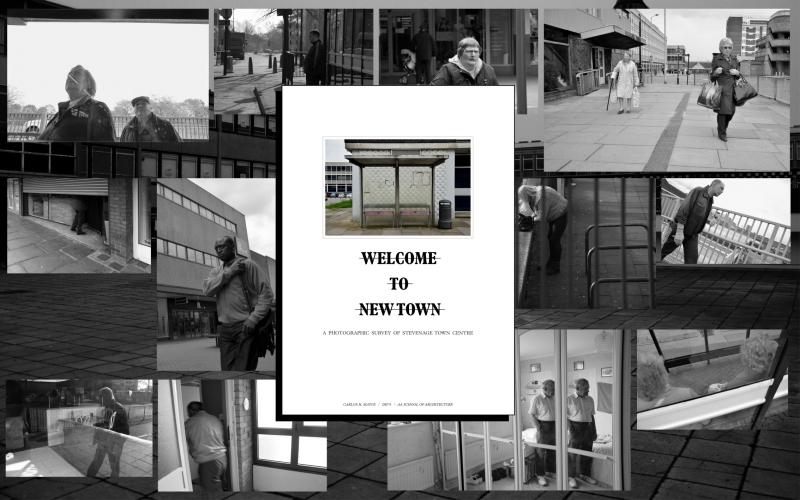
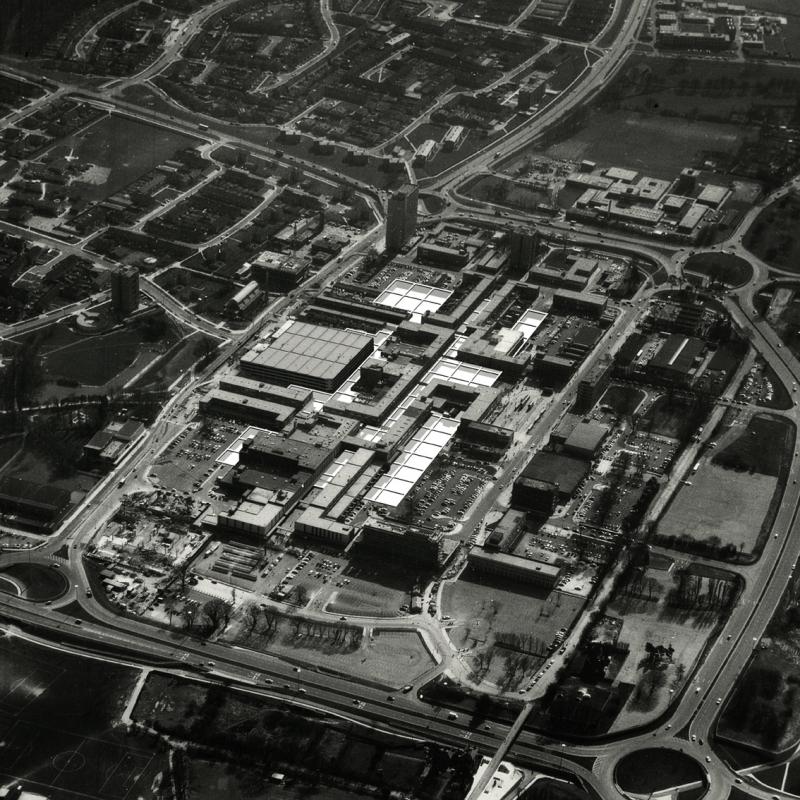
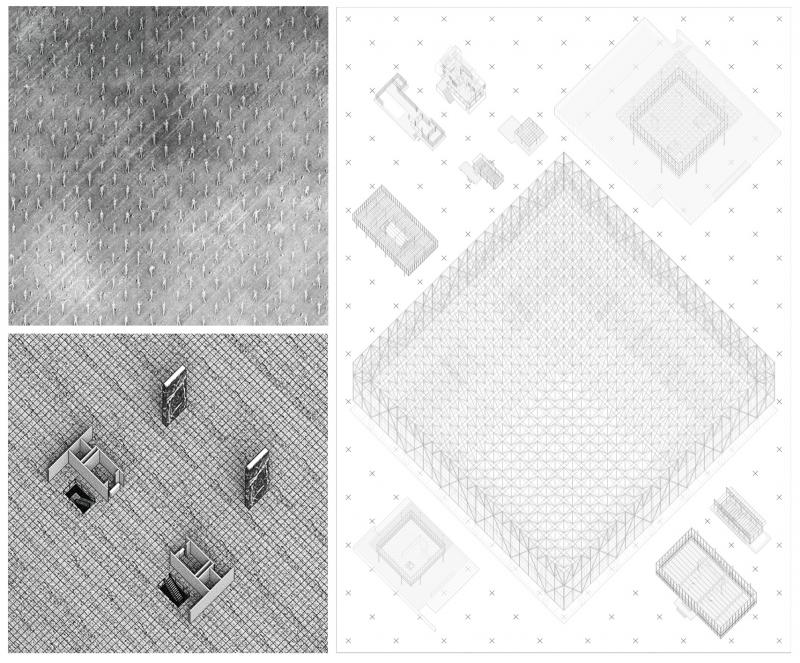
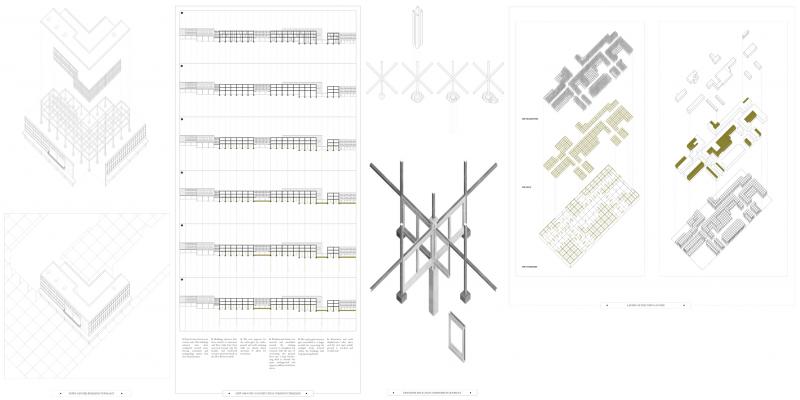
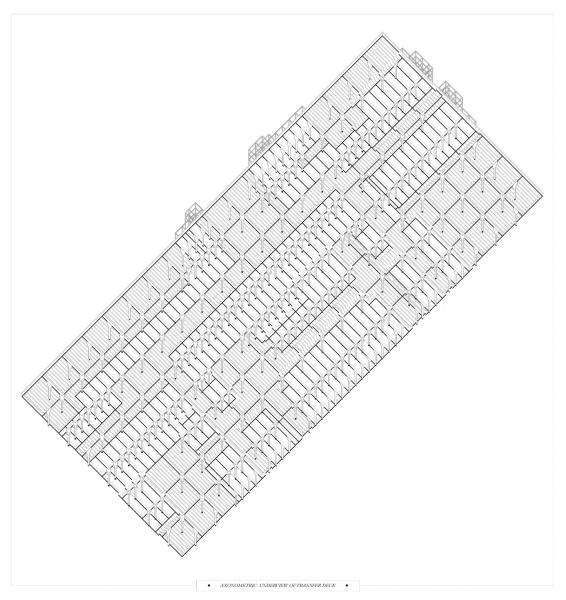
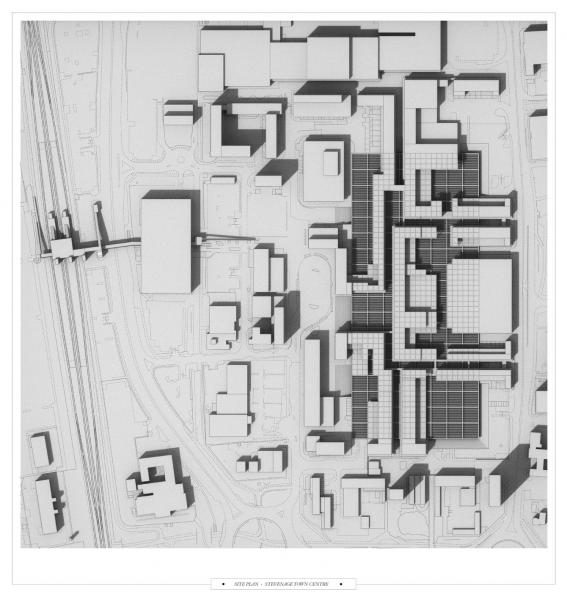
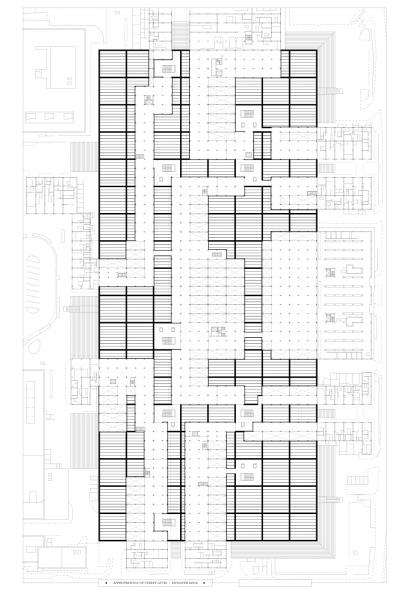
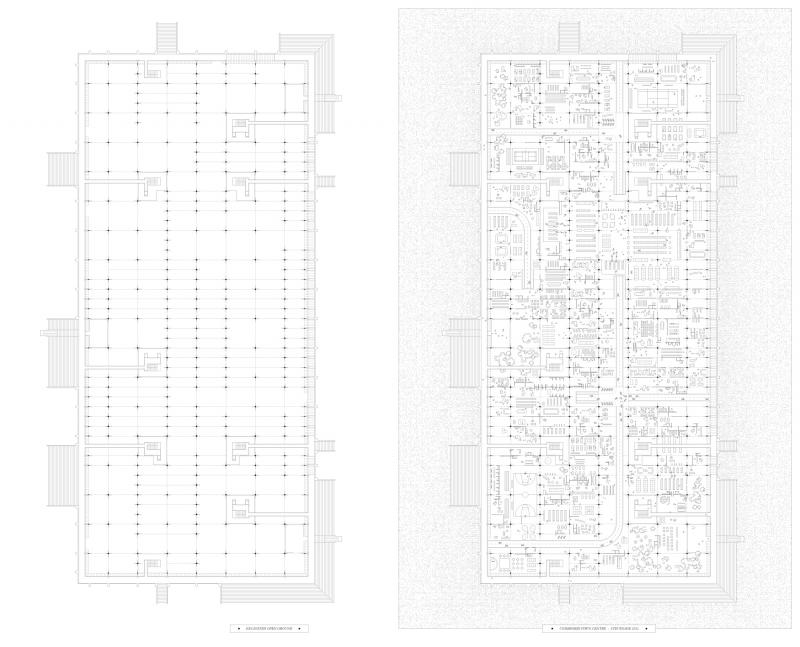
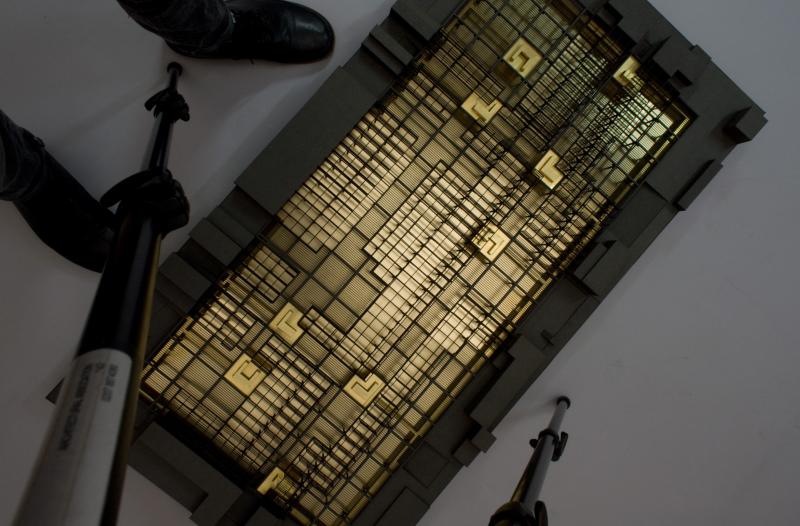
NEW GROUND NEW TOWN_The New Towns where a response to the insolubility of city’s problems, but the lack of precedent in dealing with the unprecedented problems of a social experiment caused it to fail. Partly preserved and partly decayed many of these towns developed under the New Towns Act of 1946 now portray an interrupted condition, as they have stopped being imagined and begun to be poorly planned. Nevertheless, their short lives of collapsed prosperity can be thought as a sort of adolescence; as they now, like London at the time, ought to be rethought.
The project focuses on Stevenage New Town, more specifically the reform of its Town Centre, as its state of abandonment still preserves, in a forgotten appearance, the ideological foundations that generated it and that will serve the future generations of the town.
Today Stevenage is a fragmented town with a fragmented sense of community. People are living with themselves and their own homes and mostly socialize in other people’s houses. Despites the architects intention to create a new community, they were designing a community for their present a while forgetting that society is in a constant state of change.
The premise of the project is adaptability on account of the unpredictability of social change. The aim is to preserve the fundamentals elements of the existing architecture while giving up and erasing its constraints, this way enabling the buildings to function universally to integrate present and future workings.